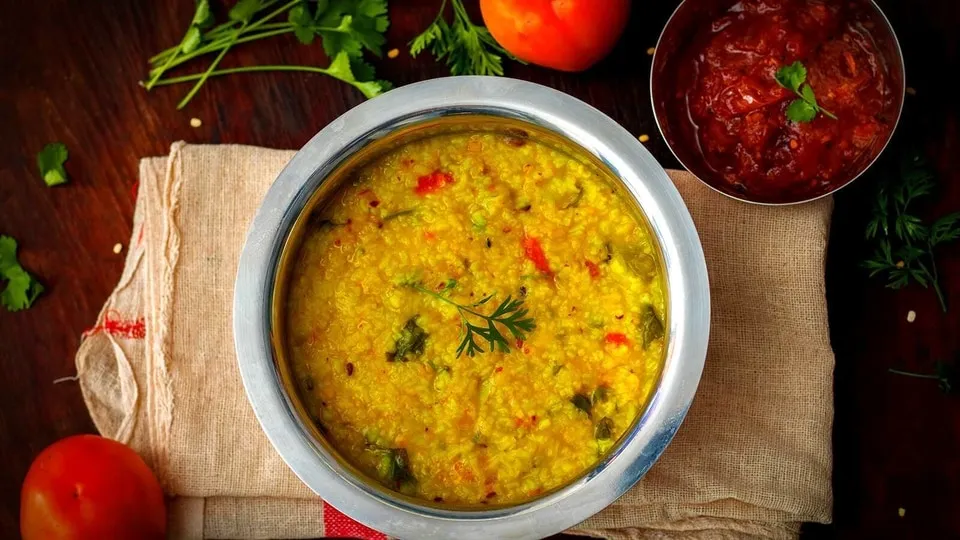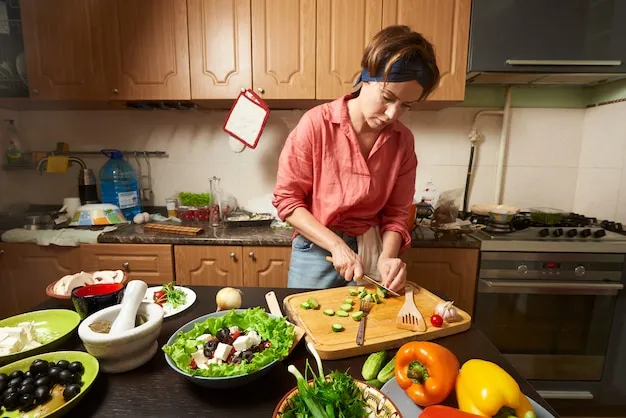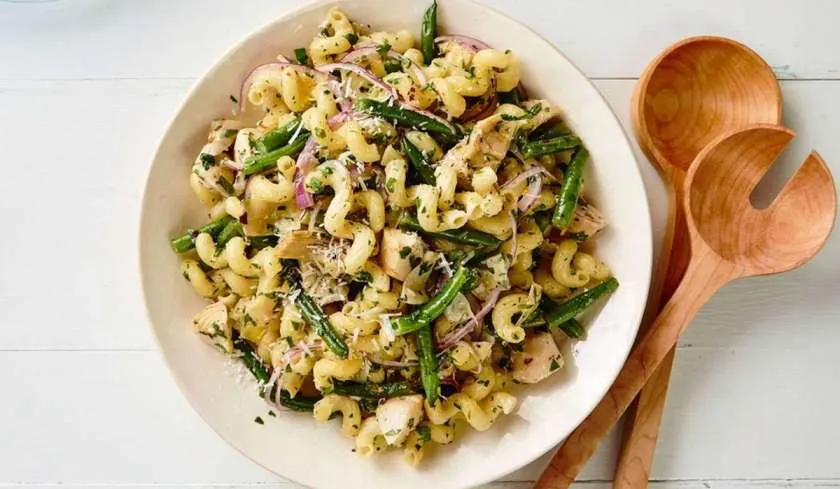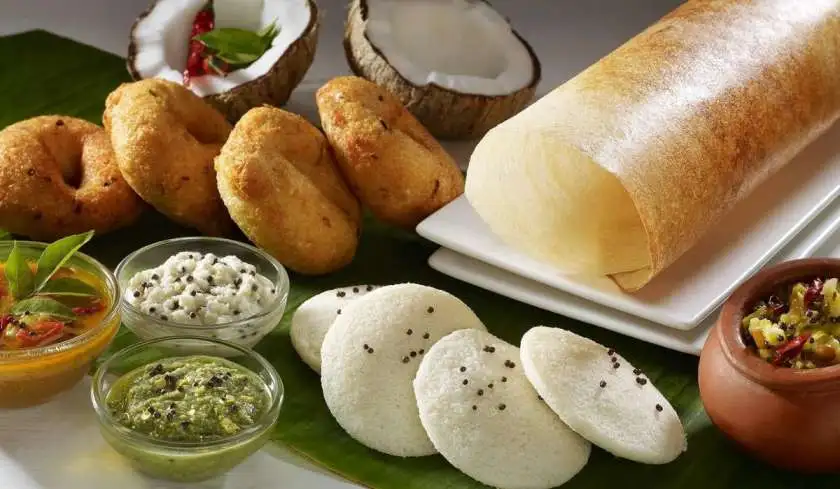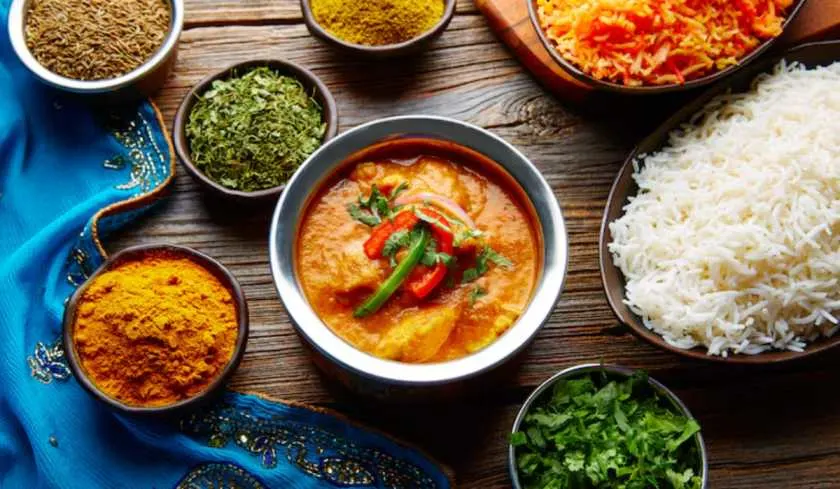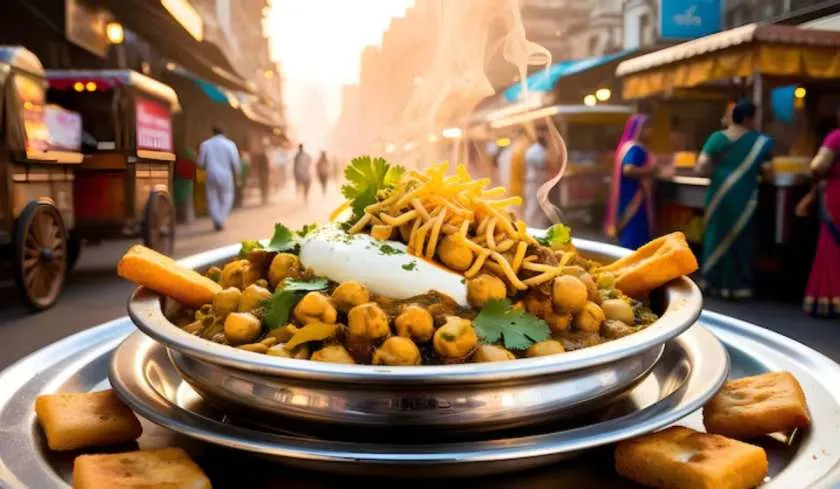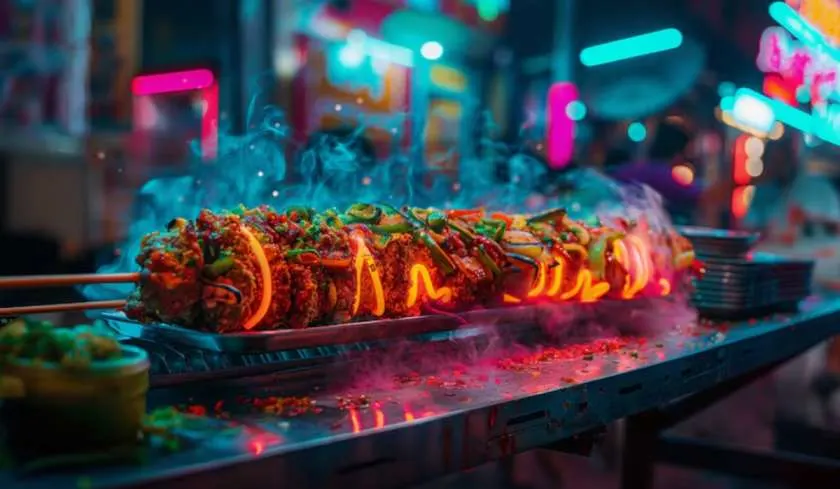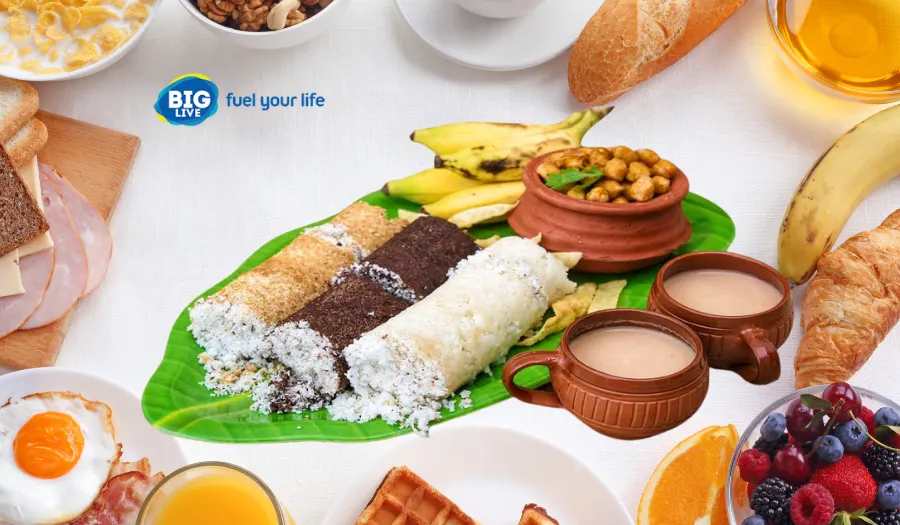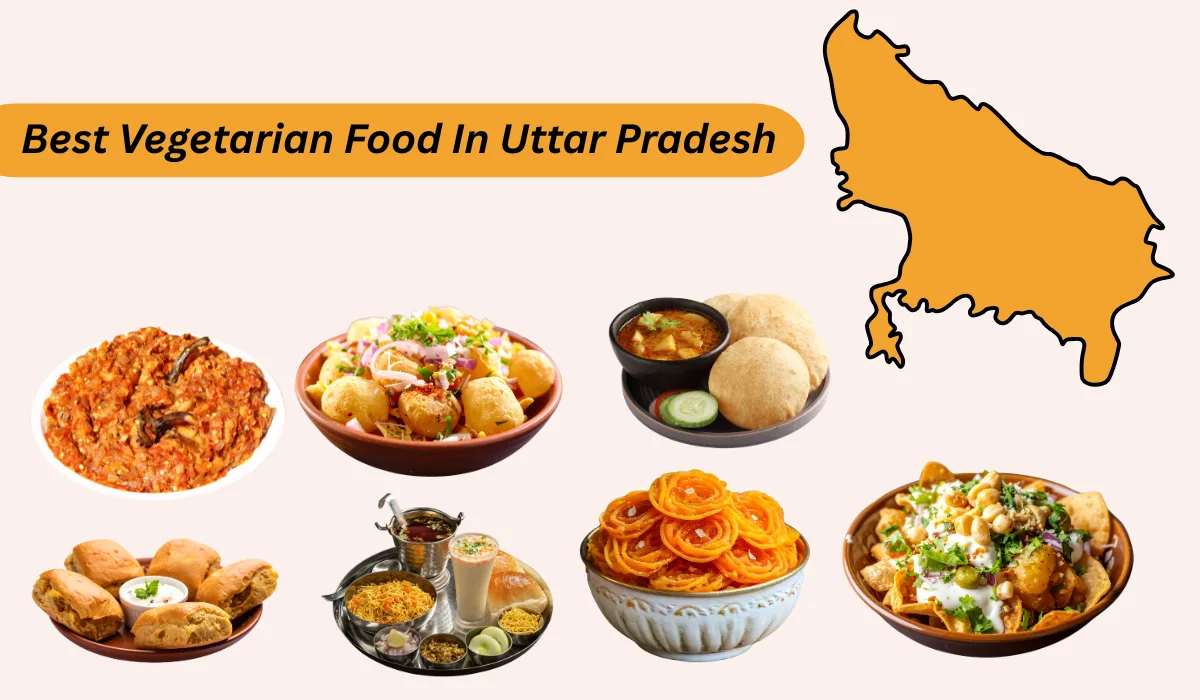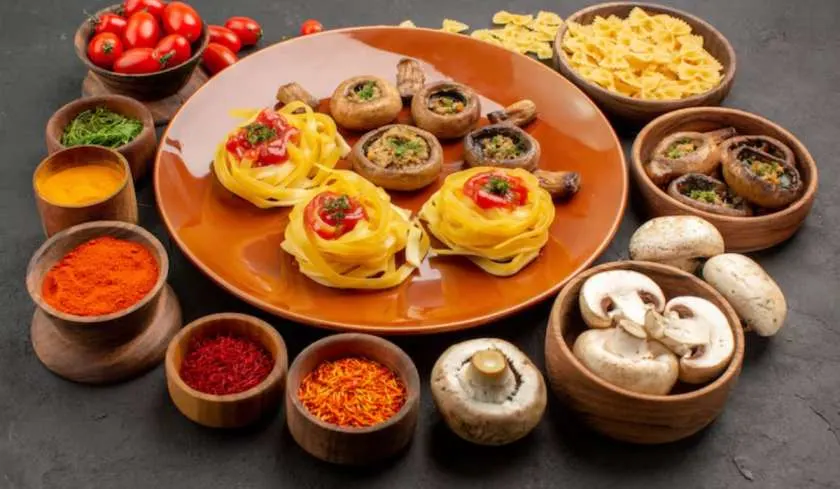The smell of roasted moong dal in ghee. The sound of ladles scraping giant pots. Volunteers sweating over firewood stoves. And the wait—the sweet, hungry wait—for that warm plate of khichuri and labra during Durga Puja. Ask any Bengali. Bhog isn't just food. It’s pujo itself.
The Taste That Feeds a Festival
Some remember the pandals. Others recall the dhaak beats or sindoor khela. But most remember bhog. Not because it’s grand, but because it’s pure, soulful, and shared.
Khichuri, made without onion or garlic. Labra, packed with vegetables from maa’s haat bag. You eat this food while sitting barefoot, cross-legged, and holding your dish carefully.
No five-star chef can recreate that taste. But you can come close at home—if you cook with care.
Let’s Begin with Khichuri
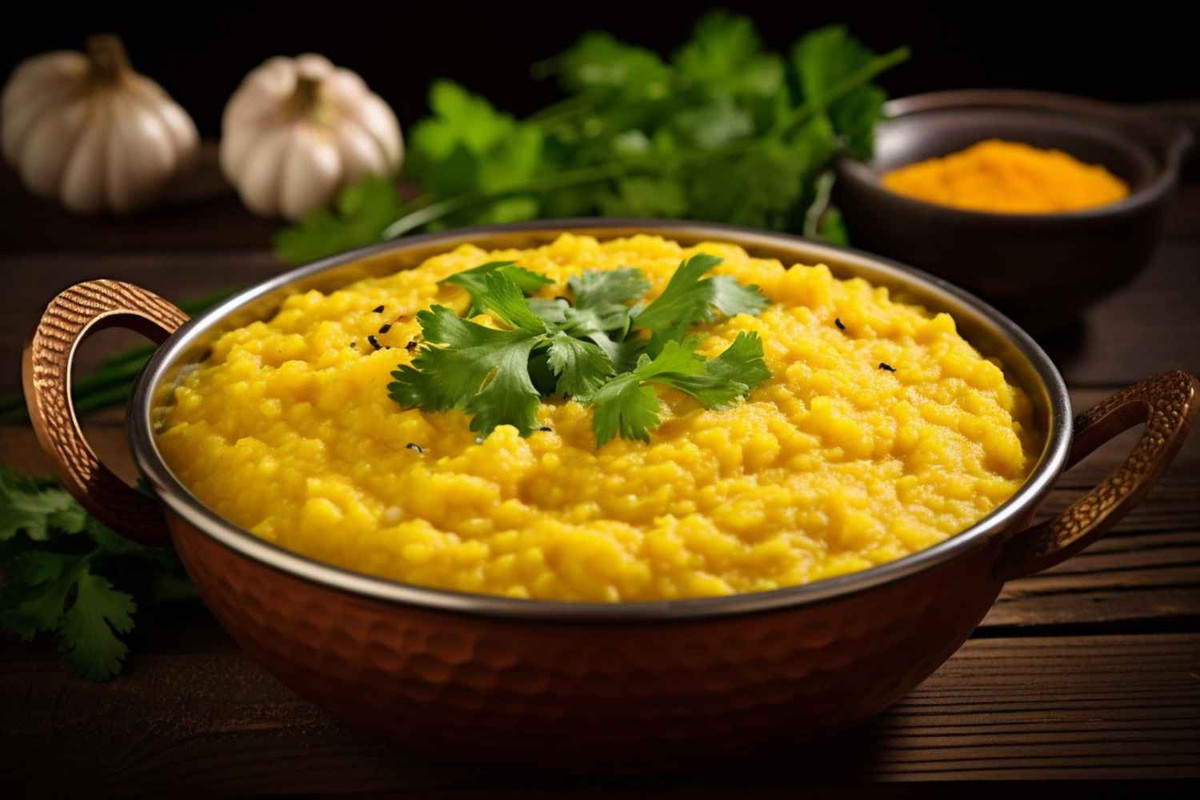
You’ll want rice, roasted lentils, some vegetables, and ghee. But it’s not just about components. Timing matters. Texture matters. And yes—love matters too.
Ingredients:
- Gobindobhog rice – 1 cup
- Moong dal – 1 cup, roasted till golden
- Potatoes – 2
- Cauliflower – 1 cup florets
- Tomato – 1
- Green peas – ½ cup (optional)
- Ginger – 1 tbsp, grated
- Green chillies – 2
- Bay leaves – 2
- Cumin seeds – 1 tsp
- Hing – a pinch
- Turmeric – 1 tsp
- Salt and sugar – as needed
- Ghee – 2 tbsp
- Mustard oil – 1 tbsp
Steps to Cook It Like at a Pandal:
- Roast the dal – slowly, over medium heat. Wait till your kitchen smells nutty. That’s the signal.
- Wash and soak rice – 15 minutes. Drain and keep aside.
- Fry the veggies – Potatoes and cauliflower need a light golden edge. Use mustard oil. Add a pinch of turmeric and salt.
- Build the base – In a deep pan, heat ghee. Add cumin, bay leaves, hing. Let them splutter. Add ginger, tomato, and chilies.
- Mix it up – In goes the dal, rice, and the sautéed veggies. Stir gently.
- Add water and wait – About 3–4 cups. Let it cook covered, low and slow. The khichuri should be soft but not soupy.
- Finish strong – A spoon of ghee. Some sugar. Green peas. A final stir. That’s it.
Now, the Labra That Completes the Plate
If khichuri is the soul, labra is the hug. A mash-up of pumpkin, banana, sweet potato, and more—cooked collectively till the traces blur and flavors soften.
It’s not fancy. It’s home.
Ingredients:
- Pumpkin – 1 cup
- Sweet potato – 1
- Raw banana – 1
- Potato – 1
- Eggplant – 1
- Cabbage – 1 cup
- Beans – ½ cup
- Carrot (optional)
- Panch phoron – 1 tsp
- Mustard oil – 2 tbsp
- Red chillies – 2 dry
- Hing – pinch
- Turmeric – 1 tsp
- Red chilli powder – ½ tsp
- Salt and sugar
- Ghee – 1 tbsp
How to Cook It Bengali Style:
- Prep all veggies – Cut roughly the same size. No tiny bits.
- Mustard oil first – Heat till smoking. Add panch phoron, dry red chillies, and hing.
- Add veggies together – Yes, all at once. Turmeric. Salt. Stir them until slightly soft.
- Let them be – Add just a little water. Cover. Let the steam do its magic.
- Final flavors – A spoon of ghee, some sugar, and a bit of red chilli powder. Mash gently. Not into a paste—just enough to let the vegetables blend.
Serve It the Way Pujo Demands
- If you can find one, on a banana leaf
- Add some beguni (fried brinjal) on the side
- Maybe chutney, maybe not
- Papad if you’re lucky
- End with rosogolla or payesh
Sit down. Eat with your hands. Close your eyes after the first bite.
More Than Just a Meal
This goes beyond a simple "recipe." This recollection is served heated on a dish of steel. It's a thread that passes through Ma's kitchen, from Thakuma's hands, and into yours. Each time you roast moong dal or stir the bubbling khichuri, you are now not simply cooking—you’re bringing back afternoons spent beneath makeshift shamianas, ready consistent with a thala in hand, stomach growling, heart full.
It’s the sound of conch shells, the rhythm of dhaak inside the distance, and the collective sigh of joy whilst the first ladle of khichuri hits your plate. It’s sharing elbow space with strangers, smiling through mouthfuls, and consuming with your hands, messily and fortunately.
Labra, too, is not just a side dish. It smells of fresh, in-season veggies from the neighborhood bazaar. It recollects the way our mothers could cut veggies in perfect rhythm with the tales they advised. It brings back memories of the time when the whole thing was cooked in big iron pots over a wood fire, and the smoke would curl around temple courtyards.
Even today, while you make this bhog at home—whether in a one-bedroom flat in Kolkata or apartment in remote places—Pujo walks right into your kitchen. You can hear the beats of nostalgia in every sizzle, each stir, each spoonful.
- You don’t need a pandal. You don’t even need a crowd.
- You just need a ladle, a handful of memories, and a heart that knows how to celebrate even in silence.
- Because bhog isn’t food. It’s the flavor of love, of loss, of belonging.
- And some recipes are sacred—not because of what’s in them,but because of what they remind us of.



